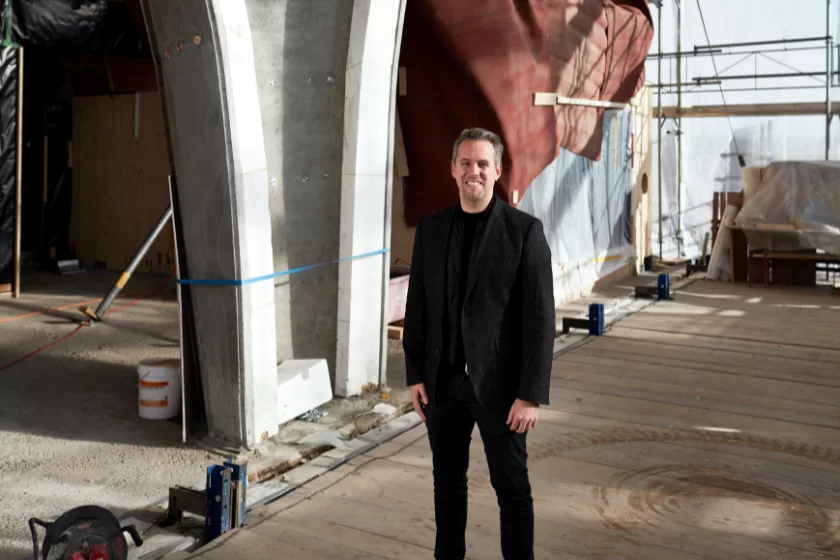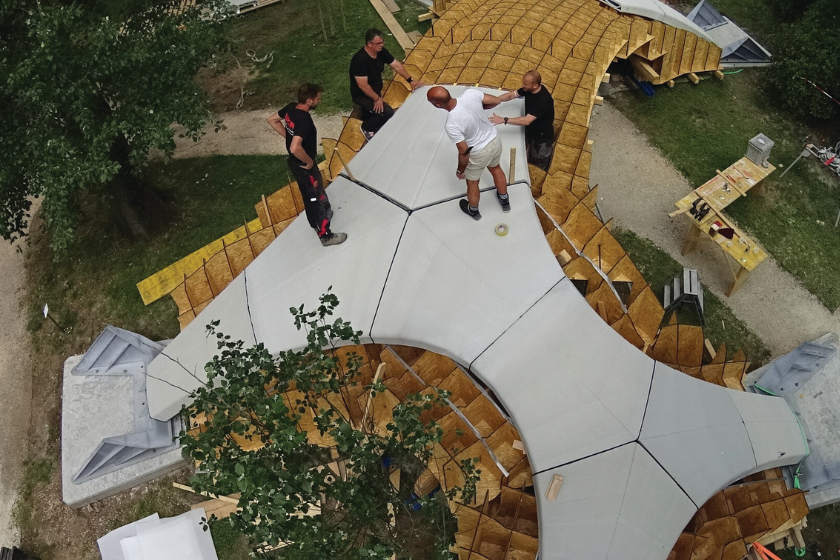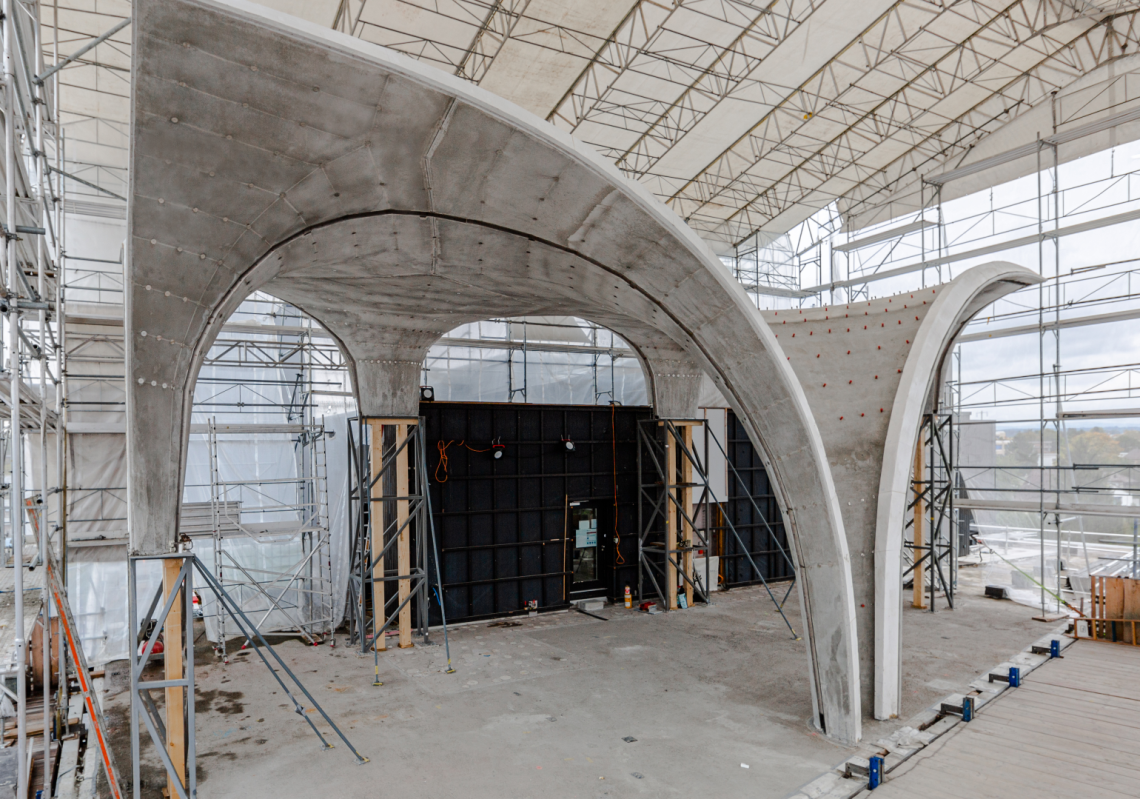Buildings constructed with light concrete shells have stood for centuries, yet at some stage we let these designs go in favour of heavier solutions. One engineer is modernising the lost art – and creating modular structures along the way.
Many historic buildings such as cathedrals were constructed with light concrete shells and have stood for several hundreds or thousands of years.
Today, though, we build far heavier structures, shunning the compressional strength of the eggshell for the brute force of the slab. And yet they are designed for a far shorter lifespan.
Dr Philippe Block, Professor at the Institute of Technology in Architecture at ETH Zurich and co-director of the Block Research Group, has dedicated much of his career to bringing back the ultimate lightness of typically unreinforced concrete structures.

He has been looking into history to find solutions to modern-day challenges for the same reasons that researchers and engineers around the globe are developing concrete alternatives and new concrete recipes – because the world needs to decarbonise.
Pound for pound, concrete is not a major offender. According to Circular Ecology, in terms of km of carbon dioxide equivalent per kg (kgCO2e/kg), concrete is equal to straw, at 0.1. Rebar comes in at 1.2, steel is 2.7, brass is 4.5 and aluminium is 11.5.
The problem comes from the amount of concrete poured. As reported by Architecture 2030, global building floor area is expected to double by 2060, adding around 240 billion m2 – or the equivalent of adding an entire New York City to the world every month for 40 years, according to the report.
Block believes we can achieve both sustainability and durability, and he points to ancient cathedrals across Europe, still standing today, as evidence.
“Historically, there was at some stage a shift between the cost of labour and material. Material became very cheap and labour very expensive,” Block said.
“There was also an aesthetic change with mid-modernism and its straight lines. People no longer liked curved arches and vaults. Then we started to optimise and look at productivity.
“All the systems around construction and engineering evolved in one direction and we lost the structurally informed geometries that made sense for a certain material and also demanded a certain craft. We also lost the tools to design and engineer those.”
The status quo, Block said, has been difficult to challenge. But today, that is fast changing.
From the ground up
Block and his team have been working on the design and production of a concrete floorplate system that reduces the amount of concrete required by up to 70 per cent and the amount of reinforcing steel by up to 90 per cent. It’s a system that turns concrete floor pieces into a sort of concrete masonry – removeable, replaceable and reusable many times over.
“This is nothing new,” he said. “It’s just reintroducing the same principles behind why Gothic cathedrals are still standing.
“We started a spin-off called Vaulted to commercialise these floorplates that are now built into a couple of projects. We have reduced materials so much, embodied emissions are reduced by 85 per cent.”
Interestingly, there’s no green premium in terms of cost for the floorplate system. Most of the benefit comes from getting the geometry right. The rib-stiffened floorplates are designed essentially as a thin funicular vault of unreinforced concrete supported by a series of spandrel walls, which act as vertical stiffeners. They handle weight the same way the roof of a cathedral does.
With the correct geometries, and the materials savings across all floors of a building, specifically in the foundations, the system can be financially cost-neutral while achieving high sustainability targets, Block said.
Bridging the centuries
Taking the floor structure one step further, Block and his team created and exhibited at the Venice Architecture Biennale in 2021 an arched, unreinforced masonry footbridge, measuring 16 by 12 m. It was composed of 3D-printed concrete blocks assembled without mortar.

The bridge presented what Block Research Group called “a new language for concrete”, one that is “structurally informed, fabrication-aware, ecologically responsible and precisely placed to build more with less”.
Like an eggshell, the bridge used geometry for its strength, sending compression forces to the supports. Not only did it use just 30 per cent of the concrete of a traditional bridge and 10 per cent of the steel, doing more with less, but it was also completely demountable, reusable and, at the end of its life, cleanly recyclable.
“With an estimated 300 billion m2 of floor area to be constructed worldwide over the next 30 years, and floors comprising more than 40 per cent of the weight of most high-rise buildings… introducing the principles demonstrated by Striatus would truly disrupt the construction industry, transforming how we design and construct our built environment to address the defining challenges of our era,” a Block Research Group report said.



